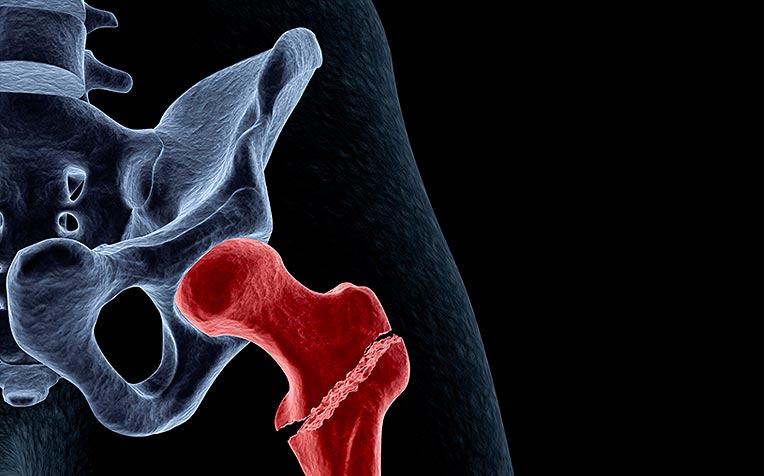
The
Department of Orthopaedic Surgery at
Singapore General Hospital (SGH), a member of the
SingHealth group, shares facts about hip osteoarthritis (OA) that may surprise you. (iStock photo)
Hip osteoarthritis (OA) is common and the main cause for fractures when bones become brittle.
In fact, when it comes to hip fractures worldwide:
- One in three suffers considerable loss of function and becomes dependent on others
- One in five with osteoporotic hip fractures dies within a year
One of the causes of hip osteoarthritis is a hip injury earlier in life. Changes in the alignment of the hip after a fracture inside the hip joint or of the surrounding bones can lead to uneven weight distribution through the hip joint. This causes accelerated 'wear and tear' of the joint.
Avasular necrosis (AVN) and abnormality of the shape of the hip joint are other causes of hip OA.
Related article:
Got questions about falls, hip fractures and osteoporosis? Ask our specialist!
Symptoms of hip osteoarthritis (OA)
Common symptoms are:
- Pain while putting weight on the affected hip, such as during walking or even sitting for prolonged periods of time. The pain is typically felt in the groin area or buttocks, or sometimes, over the front of the thigh
- You may limp, which is the body's way of reducing the amount of force that the hip has to withstand
- Your hip may also feel stiff. This will cause difficulty with certain activities such as getting into or out of a low chair or a car, or using the toilet. You may also experience difficulties with crossing over low obstacles on the ground
- Finally, as the condition worsens, pain may be present all the time and may even keep you awake at night
Related article:
5 Simple steps to prevent osteoarthritis
How is hip osteoarthritis (OA) diagnosed
Diagnosis of hip OA starts with a complete history and physical examination by your doctor. X-rays will be required to determine the extent of the joint damage and to help the doctor find a possible cause for the damage.
Other tests may be required if there is reason to believe that other conditions are contributing to the degenerative process.
Magnetic resonance imaging (MRI) may be necessary to determine whether your hip condition is from problems with AVN. Blood tests may be required to rule out other forms of arthritis or infection in the hip.
Related article:
How is hip osteoarthritis treated – non-surgical and surgical options
--
Articles on
HealthXchange.sg are meant for informational purposes only and cannot replace professional surgical, medical or health advice, examination, diagnosis or treatment.